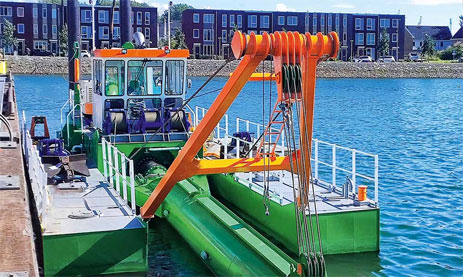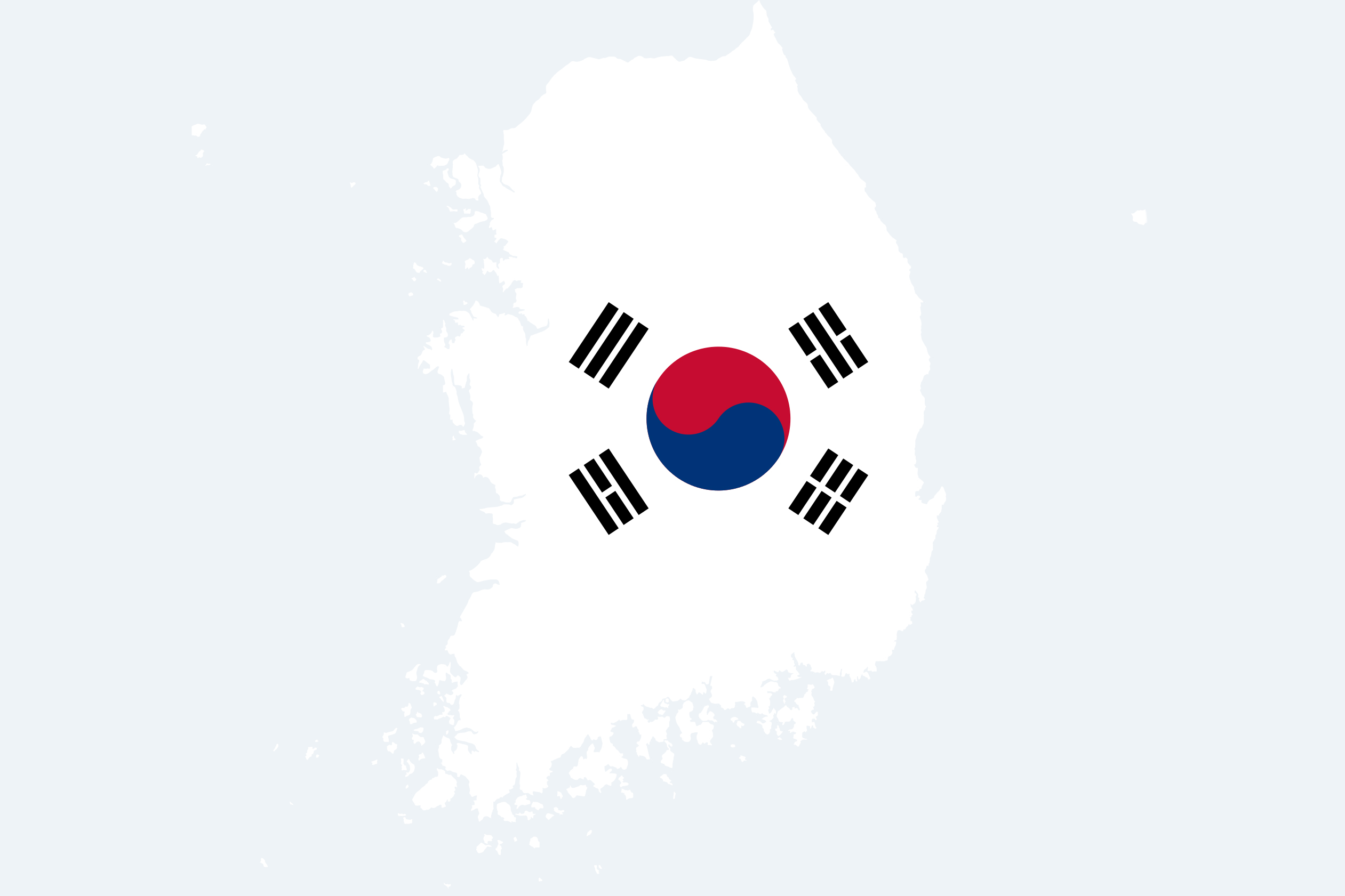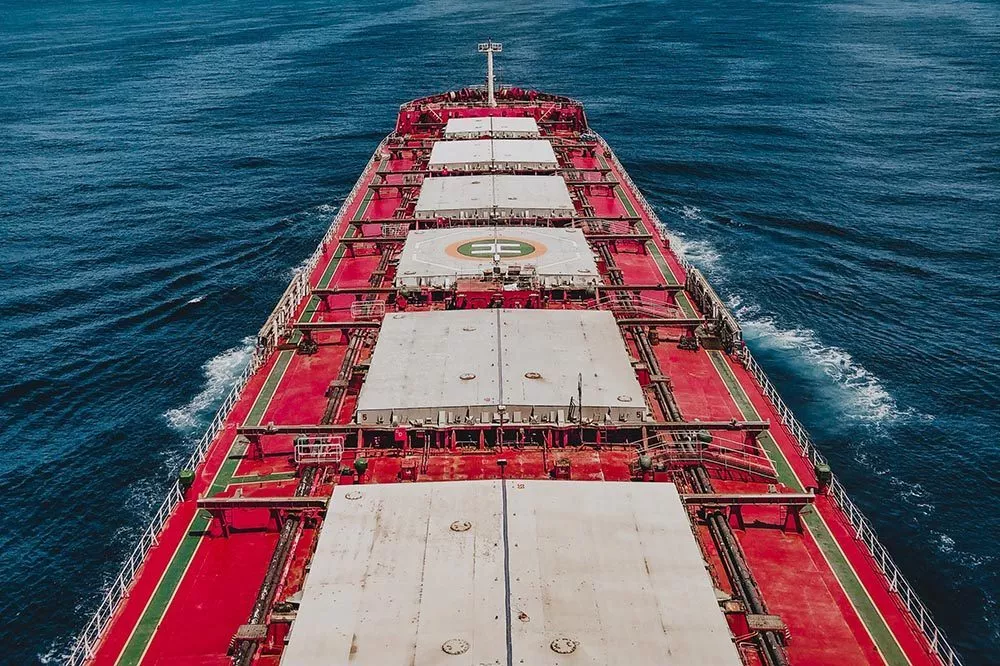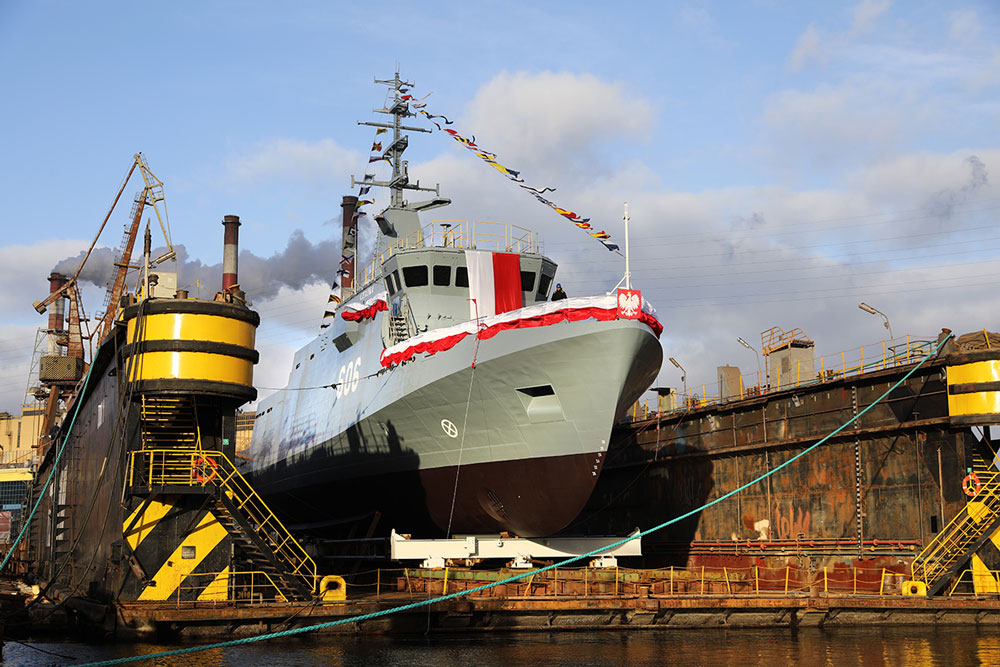The government in Tokyo, led by the Liberal Democratic Party (LDP) and supported by the new leadership of the Japan Shipbuilding Industry Association (JSIA), is pursuing the ambitious goal of doubling national shipbuilding production – measured by the number and capacity of newly built ships – by 2030.
This strategy is being supported by a comprehensive investment package worth the equivalent of USD 7 billion (around € 6 billion), according to reports by Splash Extra and The Maritime Executive, among others.
The funds will be directed toward modernizing shipyards, advancing digital development, automation and promoting skilled labor. Increased use of new technologies such as robotics and AI-based control systems is also planned. These measures are based on the Economic Security Promotion Act of 2022, which provides for state support for strategically important industries.
A new model envisions the state financing shipyard infrastructure and leasing it to private operators. For example, a national LNG shipyard is planned that will focus on ship types relevant to energy policy. This initiative is also linked to a long-term liquefied natural gas agreement with the United States, set to take effect from 2030. As part of this, the Japanese energy company JERA plans to purchase up to 5.5 million tons of U.S. LNG annually over a period of 20 years.
Tokyo is also actively seeking a partnership with Washington in order to establish an independent maritime supply chain beyond China. Under the Trump administration, Japan had already positioned its shipbuilding capacity as a strategic asset – to curb China’s dominance in the sector and offer new maritime production options for the U.S.
Companies join forces for more clout
Consolidation at company level is also progressing in parallel with the government’s industrial policy. Tsuneishi Shipbuilding, one of Japan’s leading shipbuilding companies, has completed the full takeover of its joint venture with Mitsui E&S Shipbuilding. The new entity will operate under the name Tsuneishi Solutions Tokyobay and will specialize in engineering services, alternative propulsion systems and gas-based ship technology. Mitsui E&S is thereby completing its final withdrawal from traditional shipbuilding and will instead focus on marine engines, port technology and mechanical engineering.
Tsuneishi is also undertaking the opportunity for a group-wide restructuring. All of the company’s shipyards, including the new sites, will be managed under the unified brand “Tsuneishi Shipbuilding”.
Japan’s largest shipbuilder, Imabari Shipbuilding, recently took a similar step with the complete acquisition of Japan Marine United (JMU). The aim is to leverage economies of scale in construction and material procurement, for example in the purchase of steel and large engines. The full integration of JMU will make Imabari the world’s fourth largest shipyard in terms of current order volume.
Global competition puts Japan under pressure
In the 1990s, Japan still held nearly half of the global shipbuilding market. Today, its share has fallen to around 10% – far behind China, which now accounts for around 70% of global newbuilding capacity, and South Korea. Both countries support their shipbuilding industries through massive state subsidies and strategic industrial policy, which have permanently disrupted Japan’s once dominant position. Additionally, Japan faces an acute shortage of skilled workers, limited coastal areas, and a pace of reform that is struggling to keep up with technological progress. Forecasts are already warning of a decline in capacity utilization at Japanese shipyards if no major new orders follow.
It remains to be seen whether the current strategy will be enough to revitalize Japan’s shipbuilding industry in the long term. However, the country is determined to make a new strategic push and aims to reestablish itself as a strong and independent maritime power in the global market.














